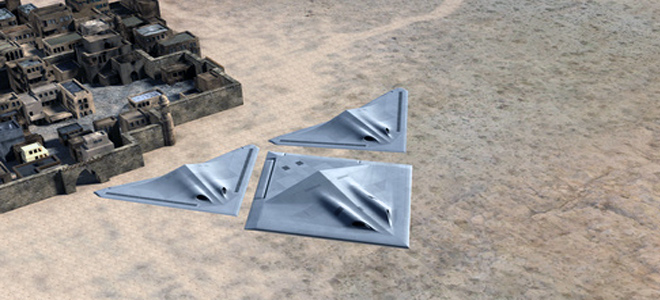
Photo: BAE Systems.
LONDON (PTI): Scientists and engineers at Europe's biggest defence contractor BAE Systems have lifted the lid on some futuristic technologies that could be used in military and civil aircraft by 2040.
The experts at Warton in the UK unveiled four technologies that could potentially shape the future of aircraft engineering.
The 'drawing board' technologies include 3D printers that could print smaller unmanned aerial vehicles (UAVs) during a mission; aircraft parts that can heal themselves in minutes; a long-range aircraft which divides into smaller aircraft when it reaches its destination, and a directed energy weapon that could engage missiles at the speed of light and destroy them.
The team works with the UK's leading aviation thinkers from universities, government and from various firms to predict and explore how aircraft engineering might evolve.
Based on their thinking, the four futuristic concept aircraft technologies have been brought to life in short animations.
Nick Colosimo, a Futurist and Engineering Manager within the R&D team said: "Of course we don't know exactly what sorts of aircraft technologies will be used in 2040 with any certainty, but it is great to be able to show the public some concepts that might be possible through projecting where today's technology could get to.
"BAE Systems has a rich heritage in research and development, and our team builds on literally decades of previous R&D work by thousands of scientists and engineers."
Research and development has always played a key role in BAE Systems' defence, aerospace and security business, with the company investing 117 million pounds in R&D in 2013, the BAE said in a release.
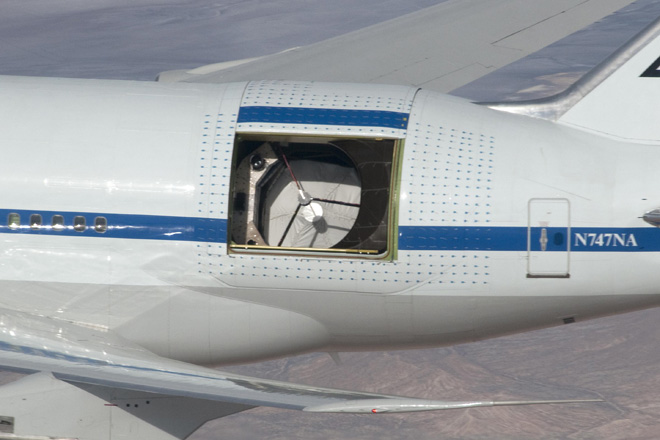 Previous Article
Previous Article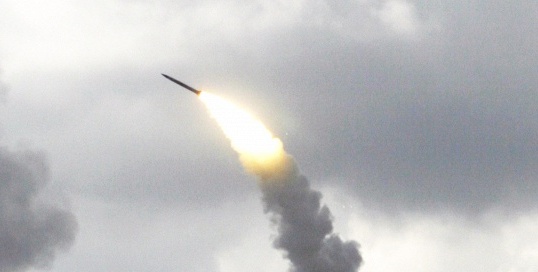 Next Article
Next Article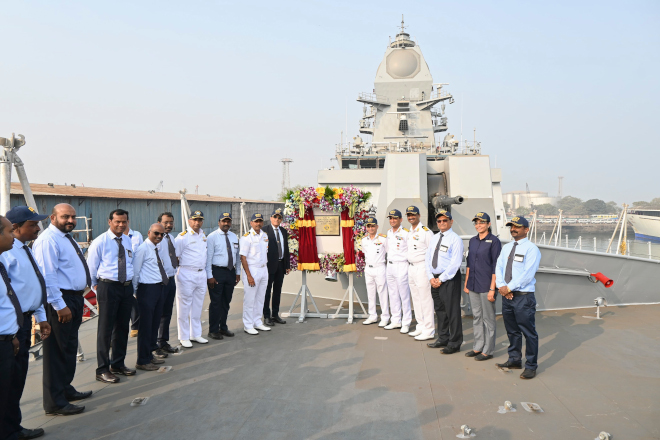
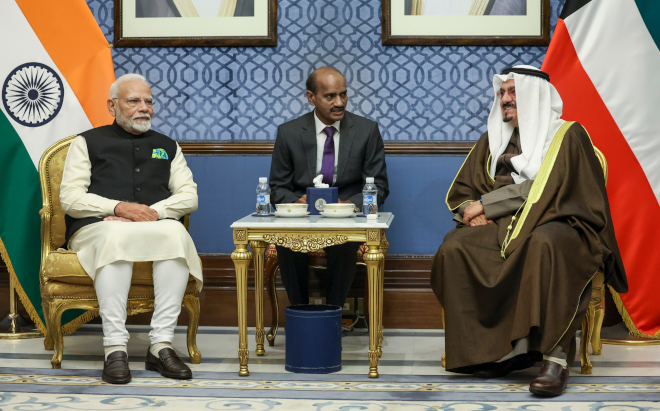



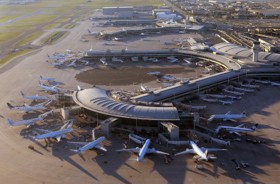








The Indian Air Force, in its flight trials evaluation report submitted before the Defence Ministry l..
view articleAn insight into the Medium Multi-Role Combat Aircraft competition...
view articleSky enthusiasts can now spot the International Space Station (ISS) commanded by Indian-American astr..
view article